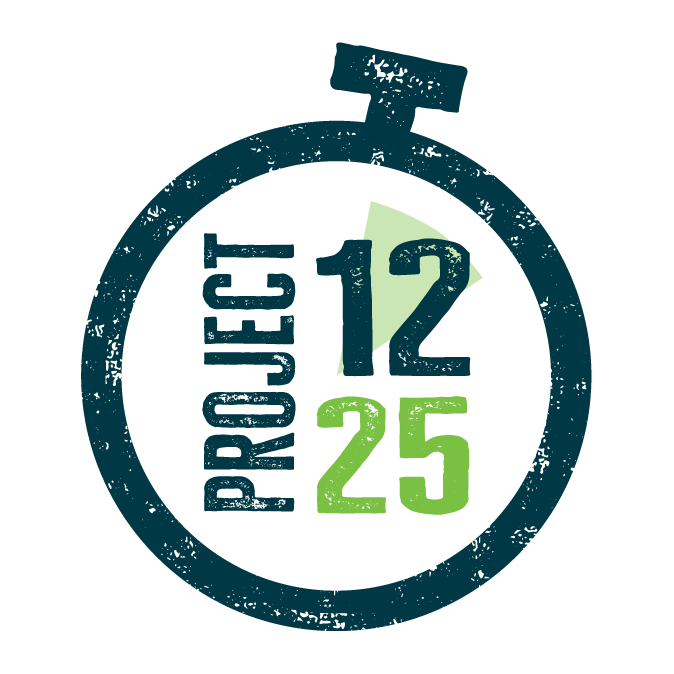The treasures that tell a story of Southland’s past have begun to be shifted into their new home. That home has now been bestowed with a fitting new name: Te Pātaka Taoka Southern Regional Collections Facility.
The first element to be completed of Invercargill City Council’s Project 1225, which will also see the construction of a new museum and a specialist tuatara enclosure, was the regional museum collection storage facility at Tisbury.
Construction of the facility, which was completed earlier this month, was followed by the gifting of its new name by Waihōpai Rūnaka.
The previous chair of the trust overseeing the Southland Museum and Art Gallery’s collection, current deputy chair, and iwi kōmiti liaison Reverend Evelyn Cook – who is also Council’s mana whenua representative for Waihōpai Rūnaka – said much deliberation had gone into its selection.
“Our takiwā boasts a wealth of history, of art, of stories, that deserve to be stored in a way that recognises the mana within them. It is fantastic to be able to give our taoka a new home, with a name that reflects that home’s significance,” she said.
The facility’s name was consistent with Waihōpai Rūnaka’s cultural narrative for Invercargill, and was linked to other assets and facilities throughout the city that referenced mahika kai – or traditional food gathering and resources – such as the name Te Hīnaki, or eel pot, for Council’s administration building, and artwork introduced as part of the Invercargill City Centre Streets Upgrade on Don and Esk streets. Mahika kai was also a pillar of importance identified within the Ngāi Tahu Claims Settlement Act, she said.
“The word ‘pātaka’ refers to the raised-platform storehouse, where food was once kept. That image or narrative may be familiar to people of my generation who remember the image of a pātaka adorning the envelope of the Post Office’s savings book back in the 1950s.
“This concept, of the pātaka being a place to store something of great significance, seems particularly apt as we celebrate the construction of a facility to house items woven so intrinsically to Southland’s heritage,” Cook said.
Meanwhile, the phrase ‘taoka’ reflected the unique southern dialect of te reo, she said.
Those with whakapapa links to the Waihōpai area often replaced the ‘ng’ digraph with a ‘k’. Aorangi was more commonly known as Aoraki; rūnanga was replaced with rūnaka; in this case taonga, or treasure, was replace with taoka.
“Using the dialect of our takiwā further enhances this facility’s connection to the wider community,” Cook said.
The former Southland Museum and Art Gallery Board has also embraced a new name, and will now be known as Te Kupeka Tiaki Taoka Trust. The trust oversees the management of museum collection items, with financial support from the Southland Regional Heritage Committee and the Invercargill City Council. That name, too, tied in with Te Pātaka Taoka Southern Regional Collections Facility, Cook said.
“The facility was built with a purpose, an intent – and it is equally important that the kaitiaki charged with overseeing the taoka within it are known by a name befitting of their role,” Cook said.
A ‘kupeka’ was a net, often used at sea, to collect and gather items. Because the facility would house items not just from within Southland, but for the southern region – incorporating far-flung places such as the Subantarctic Islands – this phrase was especially appropriate, she said.
The 1650m2 facility includes state-of-the-art shelving for collection items, office space and workrooms, and Southland’s first-ever regional conservation lab.
Council’s Group Manager Community Spaces and Places Rex Capil said he was delighted the process to transfer collection items from the Southland Museum and Art Gallery had begun. This process would continue until March 2024, he said.
“Southland has never had a purpose-built storage facility for museum collection items prior to the development of Te Pātaka Taoka,” he said. “We are pleased to have been able to undertake a once-in-a-generation opportunity to ensure our region’s heritage is stored, protected, and cared for appropriately – today and into the future.”
Click here to learn more about Project 1225, including about Te Pātaka Taoka.

